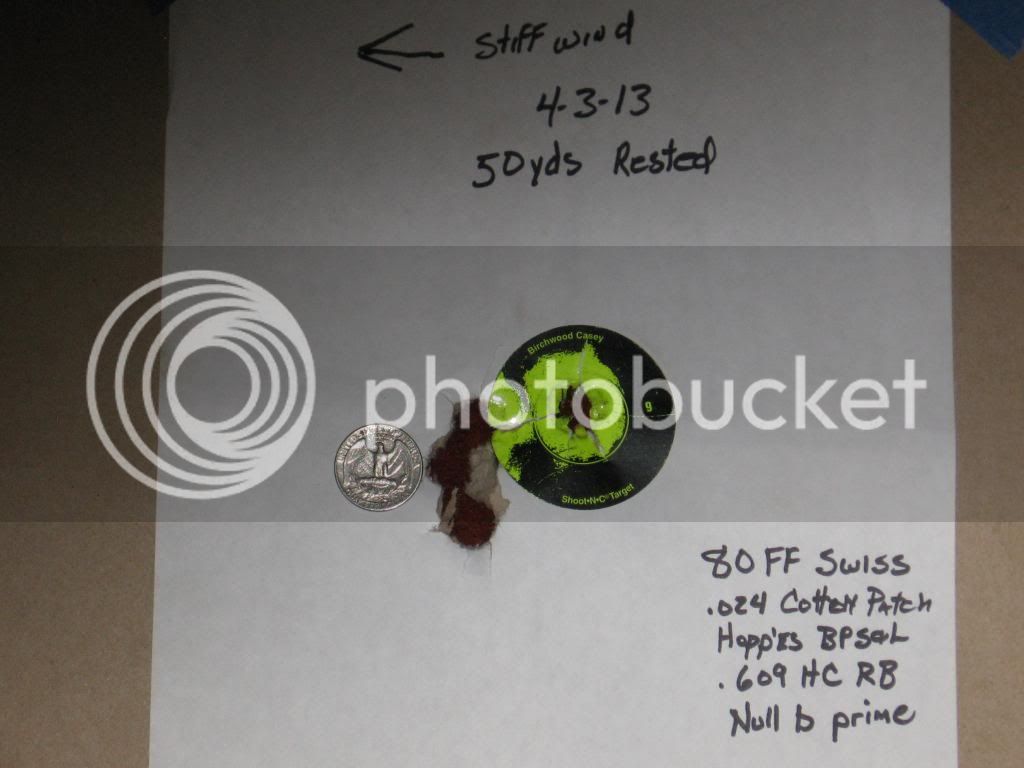pinemarten said:
Since we are both hunters first, a focus was on a discussion of loads suitable for hunting and use of the wooden ramrod.
I want to develop a load that will work for loading out in the field with the wood rod (though I will use range rod for practice at home). Of course I want a load with good accuracy, but one that I don't have to get anxious over wacking down the barrel.
Push - don't "Wack". If you have to pound on the rod something isn't right. You're abusing the implements - like hammering on a screwdriver. I only use wood rods (I don't own a range rod, just hickory rammers as the firearms carry in the thimbles). I don't use a short-starter, either.
Yes, I have to choke up to 4" to start the patched ball and push 8" or so at a time. That's how they are used. If you try and do it in one giant push (assuming you had arms that could do all 44" at once) the rod will snap eventually. So don't do that!
Don't put your palm over a rod to push. If you don't have the finger strength to push the load down it's time to switch to brains and figure out what's wrong. Don't start pounding on it. Your load's too tight (initially or due to fouling) or your lube isn't sufficient.
If you rely on a hard loading load you will eventually get one stuck. If it happens during a hunt you're S.O.L. So you may have a very accurate but impractical hunting load. I consider the need for a separate range rod to also be impractical for hunting. A steel or brass rod would be excessive weight. Hickory is strong enough if you're smart enough. ;-)
But then I have gone through many hickory blanks to select the ones I make into rammers. Like arrows - the grain has to be parallel, without or with minimal run-outs, or you don't have the right piece to begin with. Split is best.
I shoot my hunting load at all times - target shooting is practice for hunting and my sights are "fixed" once filed and drifted into place. I do pretty well accuracy wise but too a LONG time developing the optimal ball/patch/lube/powder combination. I also enjoy being able to shoot at least fife times before I need to spit wipe the bore. I went so far as to formulate my own lubes.
My .54 rifle has a 0.530" ball and a 0.018" patch (0.017" to 0.018" with the material variation). Shoots as well as my eyeballs allow.







